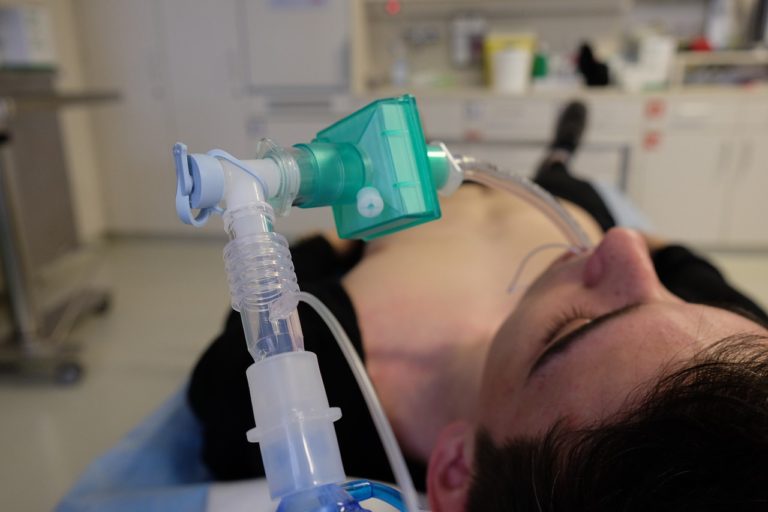
Thank you for subscribing to The PA Rx Newsletter!
The Friday Case Challenge includes difficult-to-diagnose conditions, some of which are not frequently encountered by most clinicians, but are nonetheless important to accurately recognize. Test your diagnostic and treatment skills using the following patient scenario and corresponding questions. Disclaimer: The following case is fiction and for educational purposes only.
Our story commences with a 42-year-old subject who, amidst the festive preparations, noted an anomalous trend – instances of bleeding following inconsequential injuries.
Clinical examination revealed ecchymoses and hematoma formations disproportionate to the perceived trauma, raising a formidable clinical query. Laboratory investigations, including a coagulation profile, unveiled a prolonged activated partial thromboplastin time (aPTT), further underscoring the complexity of this intriguing case.
As the medical narrative unfolded, a familial pattern emerged, with a lineage of male relatives experiencing analogous bleeding tendencies. Spontaneous hematomas and joint bleeding punctuated the familial medical history, portraying a narrative worthy of genetic investigation.
Remarkably, a recurring theme surfaced during the holiday season, wherein the patient’s symptoms exhibited a discernible accentuation.
Interrogation of the family history revealed an undisclosed diagnosis of a bleeding disorder in a distant cousin, augmenting the suspicion of a genetic underpinning. The subsequent introduction of advanced genetic testing which aimed to identify specific coagulation factor deficiencies and further elucidate the underlying pathophysiological mechanisms.
What is the most likely diagnosis?
A) Hemophilia A
B) Hemophilia B (Christmas Disease)
C) von Willebrand Disease
D) Factor V Leiden
In Hemophilia B, the underlying pathophysiology involves a deficiency of which clotting factor?
A) Factor II
B) Factor VII
C) Factor IX
D) Factor XI
A patient with Hemophilia B undergoing a surgical procedure requires prophylactic treatment to prevent bleeding. What is the recommended approach?
A) Prophylactic administration of recombinant factor IX concentrate
B) Preoperative infusion of cryoprecipitate
C) Continuous infusion of fresh frozen plasma (FFP)
D) Platelet transfusion before surgery
Answer 1:
B) Hemophilia B (Christmas Disease)
Explanation:
The patient’s family history, recurrent bleeding episodes, and prolonged aPTT point towards an inherited bleeding disorder. Given the pattern observed in the patient’s relatives, the most likely diagnosis is Hemophilia B, also known as Christmas Disease.
Answer 2:
C) Factor IX
Explanation:
Hemophilia B results from a deficiency of clotting factor IX, a crucial component in the intrinsic pathway of the coagulation cascade.
Answer 3:
A) Prophylactic administration of recombinant factor IX concentrate
Explanation:
Prophylactic administration of clotting factor concentrates, such as recombinant factor IX, is the standard approach to prevent bleeding in patients with Hemophilia B undergoing surgical procedures.
Thats all for today.
For more newsletters and case challenges click here
Thanks for reading,










